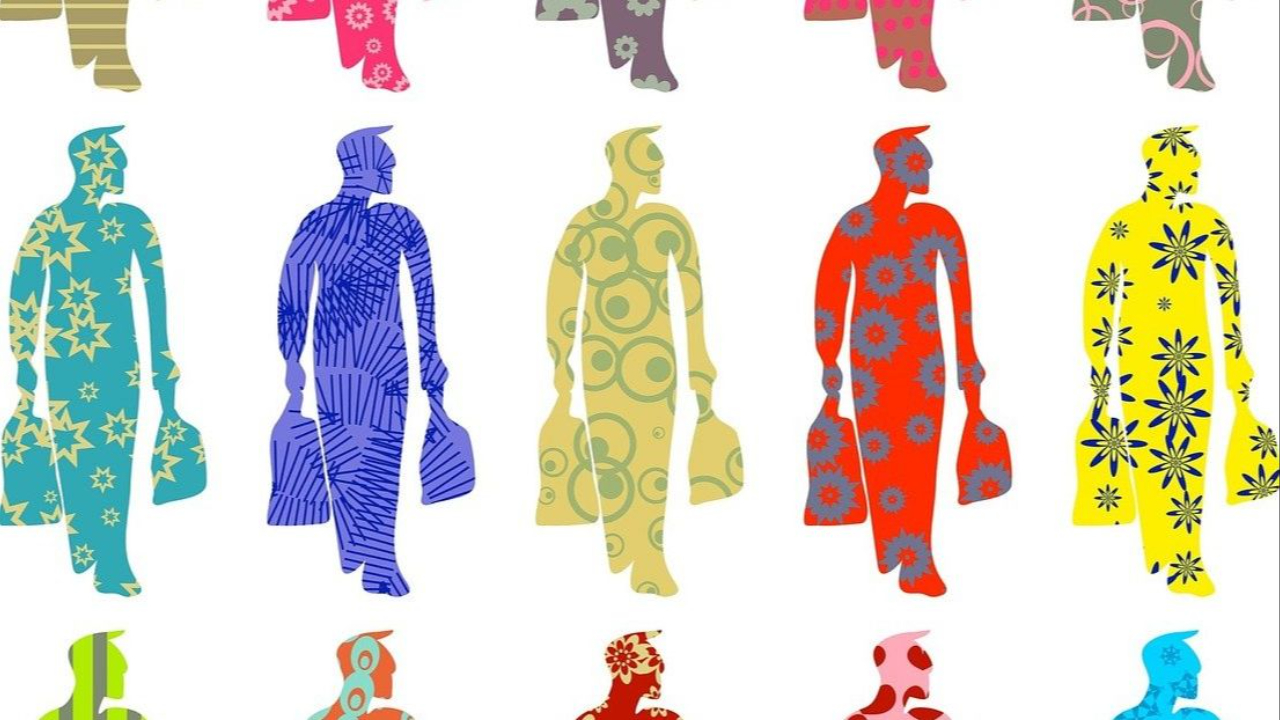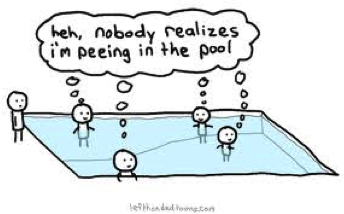Secret thresholds that change behaviour

You are special. I know you are.
So am I, of course. There’s no one like me.
We think we’re unique, us humans. That no one sees the world quite like we do.
‘That may apply to other people’, we think, ‘but not me.’
But it doesn’t mean, as a species, we don’t follow patterns. That our behaviour isn’t predictable.

Case in point, we all tend to react to psychological thresholds.
Imagine you are running a marathon, for example. It’s coming up on the hour mark and you are exhausted.
Will you try harder to avoid the clock ticking over to 4 hours rather than 3 hours 59? You betcha. You and millions of others.
Rationally, 60 seconds in 4 hours shouldn’t matter, but clearly it does. We see a bunching of participants rushing to beat hour and half hour thresholds.
Or let’s say you are lifting weights. Where is most of the wear and tear on the machine? Around the middle, just like a Bell Curve. 40-45 kilograms is the norm of what most people lift.
You’ll also note another threshold in this image. Why bother with 95 kilos when 100 is within reach and so much more impressive?
The 5 kilogram distance between 100 and 95 or 25 and 30 may be the same, but the psychological impact of that weight is markedly different.
We see thresholds in pricing all the time.
Free Vs. Paid
Making a product or service free rather than charging for it will impact the response you get.
And it’s not even whether you charge a lot that impacts behaviour. Charging as little as 1 cent can radically alter outcomes.
That’s what Kristina Shampan’er and Dan Ariely (2006) found.
When people were asked to choose between a Lindt chocolate truffle for 14 cents and Hershey’s Kiss for 1 cent, people chose the higher quality Lindt option.
Another group were asked the same question, but this time the price of each chocolate had been reduced by 1 cent. The Lindt truffle was 13 cents and the Hershey’s was free. This time people opted for the Hershey’s.
The difference between 0 and 1 cent is much more significant than the difference between 1 cent and two. When something is 1 cent I still have to go through the pain of payment. Once it’s free, that pain is avoided.
Similarly, the difference between a medicine being 100% or 95% effective is much greater than 55% vs. 50%. One hundred percent means I don’t have to worry at all – I can be sure it works. When it’s 95% there’s still room for doubt.
99 cents Vs. $1
Charm prices are so called because they magically persuade people to buy in ways that other prices do not . Typically that’s a price just-below a rounded number, often ending in 99. It may be $199 rather than $200, for instance, or $1.99 rather than $2. Once the left digit changes, from 1 to two (or 3 hours 59 mins to 4), behaviour changes too.
What these examples illustrate is that while people believe themselves to be unique, self-directed decision-makers, there are actually patterns in how we behave.
Once you know the patterns, you can much more effectively influence outcomes.
I'm here to make that easy for you, get in touch to talk about how.
You might also find interesting:



